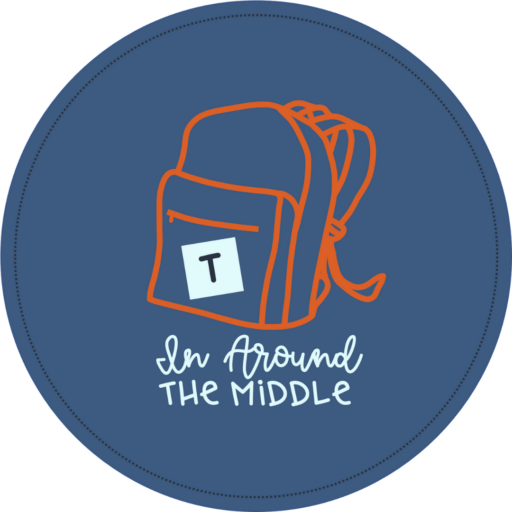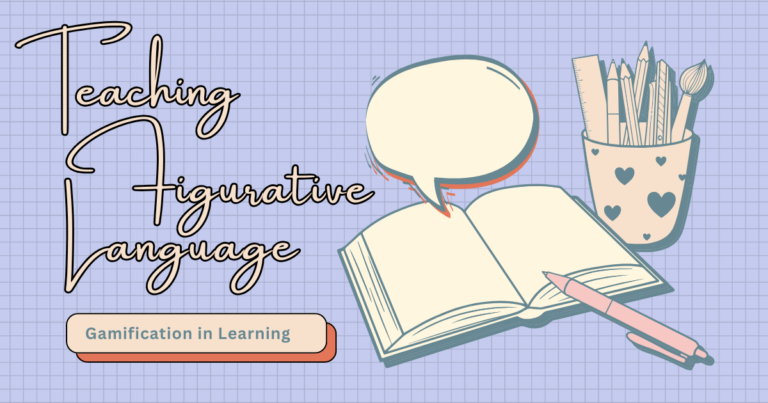Teaching Theme in Literature Made Easy: Strategies That Work
Theme is one of the trickiest elements to teach in literature. Too often, students treat it like a guessing game — tossing out one-word answers like friendship, love, or courage without offering any evidence.
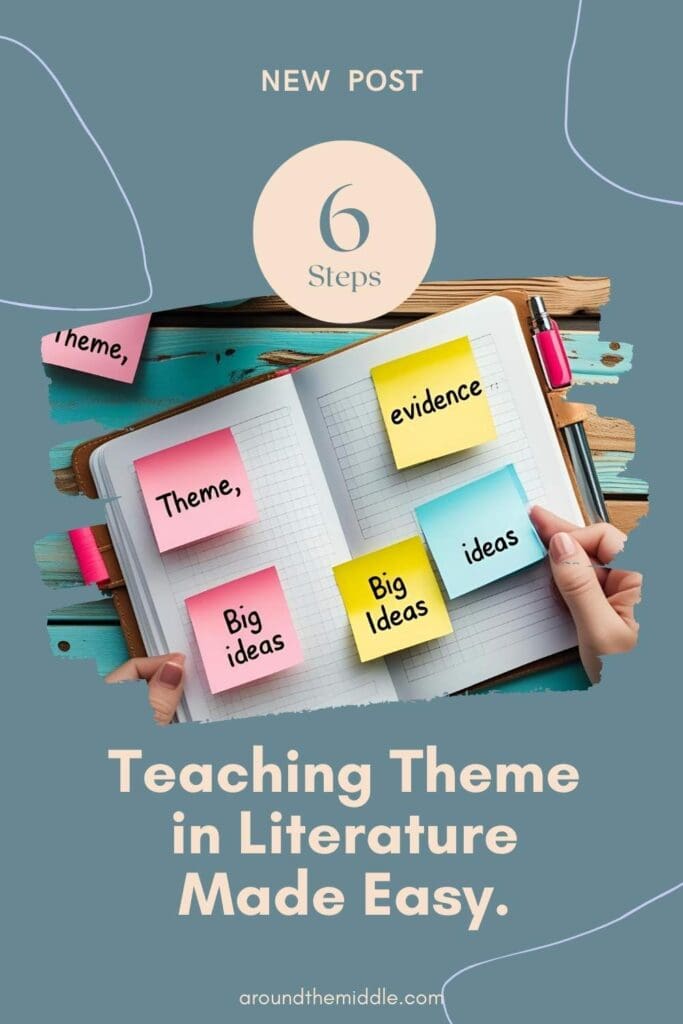
The result? Theme becomes a bolt-on activity in the last lesson rather than a core part of the novel study.
It doesn’t have to be this way. With the right scaffolding, students can move from vague guesses to confident, evidence-based thematic statements that actually reflect the depth of the text. The process starts even before the first page — choosing the right class novel for depth and discussion can set you up for success when teaching theme. Mastering theme in literature is easier when students are engaged with the right book.
This post walks you through a step-by-step method to make mastering theme in literature happen.
If you’re looking for fresh ideas, my free list of great class novels by grade band. The list takes the guesswork out of text selection. You’ll get curated lists for grades 2-4, 4-6 and 6-8 —perfect for finding novels that naturally lend themselves to rich, theme-based discussions.
💡 Start with the end in mind — plan theme instruction to grow alongside plot comprehension, not just at the end of the novel.

The Challenge of Teaching Theme in Literature
Even strong readers confuse topic with theme. They think “what happened” instead of “what it means.”
Common misconceptions:
- A theme is just one word.
- A theme is unique to the book rather than a universal message.
- You guess the theme before reading rather than letting it emerge from evidence.
Why theme matters:
Theme analysis develops higher-order thinking, connects literature to life, and encourages students to read beyond plot details to the author’s purpose.
🛑 Ban one-word “themes” early. Every theme must be a complete statement.
Step-by-Step Progression for teaching theme in literature
Step 1 – Topic vs. Theme
Goal: Ensure students understand that a topic is a subject, and a theme is the author’s message about that subject.
How:
- Start with short, simple texts — fables, picture books, short stories — so theme isn’t buried in complex subplots.
- Model turning a topic into a thematic statement.
Example mini-task:
Topic = Kindness
Theme = Small acts of kindness can change someone’s life in big ways.
🔍 Use picture books and fables to isolate theme without heavy plot details.
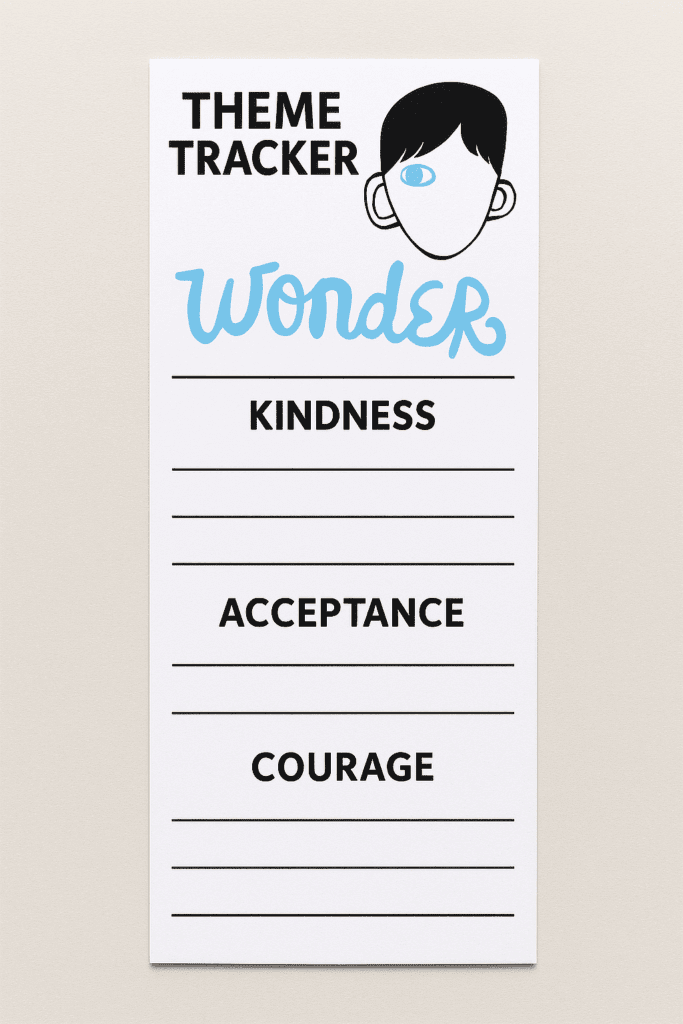
Step 2 – Spotting Author Clues
Goal: Help students notice repeated ideas, character changes, and conflict outcomes.
How:
- Introduce theme tracker bookmarks or annotation strategies. With a bookmark, you will probably have to have one word for your theme because of space, but discuss this with your students prior so they understand what the full theme actually is.
- Ask guiding questions: “What do we learn about life or people from this?”
✏️ Model thinking aloud: “I notice this problem keeps coming up… I think it might connect to the bigger message.”
Step 3 – Gathering Evidence Before Guessing

Goal: Prevent students from making wild guesses.
How:
- Have them collect quotes, events, and character decisions first.
- Create an Evidence Map linking those details to possible theme areas.
📌 Make a class “evidence wall” where sticky notes collect under possible theme headings.
Step 4 – Broad to Specific Themes
Goal: Refine vague ideas into clear, specific statements.
How:
- Start with a broad topic (e.g., friendship) → add qualifiers and cause/effect (e.g., True friendship survives challenges when both people are honest).
- Provide sentence stems: “The story suggests that…”
🗣 Use sentence stems to push students beyond vague ideas
Step 5 – Testing and Revising
Goal: Evaluate and strengthen thematic statements.
How:
Ask students to check:
- Is it universal?
- Is it supported by text evidence?
- Is it a statement, not a single word?
🔄 Make peer review of theme statements part of the process.
Step 6 – Real-World Connections
Goal: Link the theme to life outside the novel.
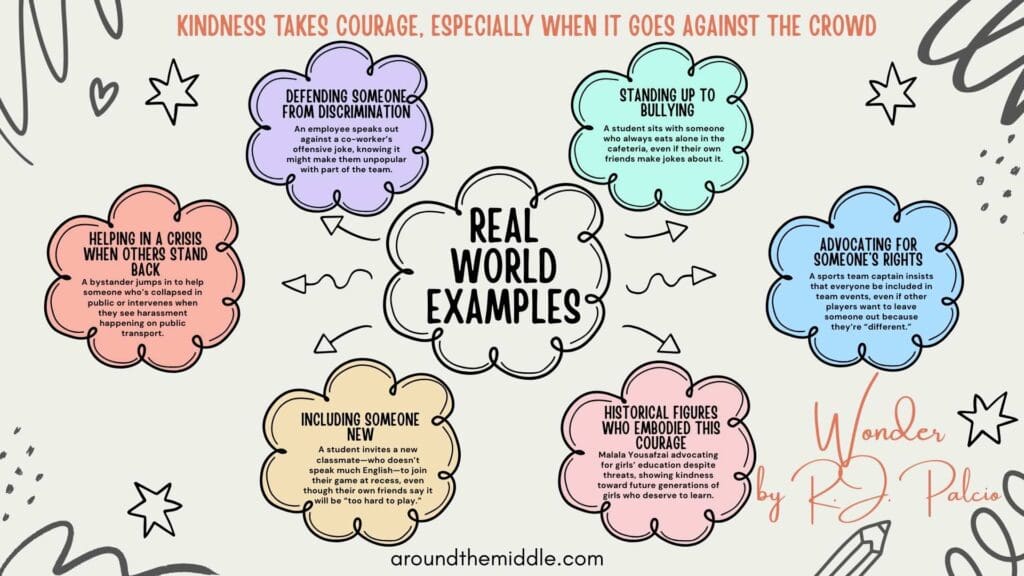
How:
- Brainstorm examples from history, current events, or personal experience.
- Compare themes across different novels or genres.
🌍 Students remember themes better when they see them outside the text.
Example in Action – Wonder
- Step 1: Topic = Kindness
- Step 2: Students notice repeated acts of kindness despite challenges.
- Step 3: Collect quotes (e.g., Mr. Browne’s “Choose Kind” precept).
- Step 4: Refined statement = Kindness takes courage, especially when it goes against the crowd.
- Step 5: Tested: universal ✔, evidence ✔, statement ✔
- Step 6: Link to real-world examples — bullying prevention campaigns, historical acts of bravery.
Avoiding Theme Pitfalls
- Rushing to theme in the last week
- Accepting one-word answers
- Skipping evidence collection
Ready-to-Use Teacher Tools for teaching theme in literature
- Graphic organiser for theme evidence
- Theme tracking bookmarks
- Sentence stems
- Sticky note wall template
Final Thoughts
Theme mastery isn’t a one-off lesson — it’s a progression that runs alongside plot comprehension. By starting small while teaching theme in literature, building evidence, and refining statements, you’ll help students confidently articulate universal ideas with real support from the text.
🚀 Try embedding these steps in your next novel study and watch your students’ confidence with theme skyrocket.
If you’re ready to make teaching theme in literature more dynamic and hands-on, explore my interactive novel study activities in my Teachers Pay Teachers store. You’ll find ready-to-use resources that get students up and moving with low-prep escape rooms, pre-reading scavenger hunts, figurative language scavenger hunts and more—while keeping engagement high.
Happy Teaching!
